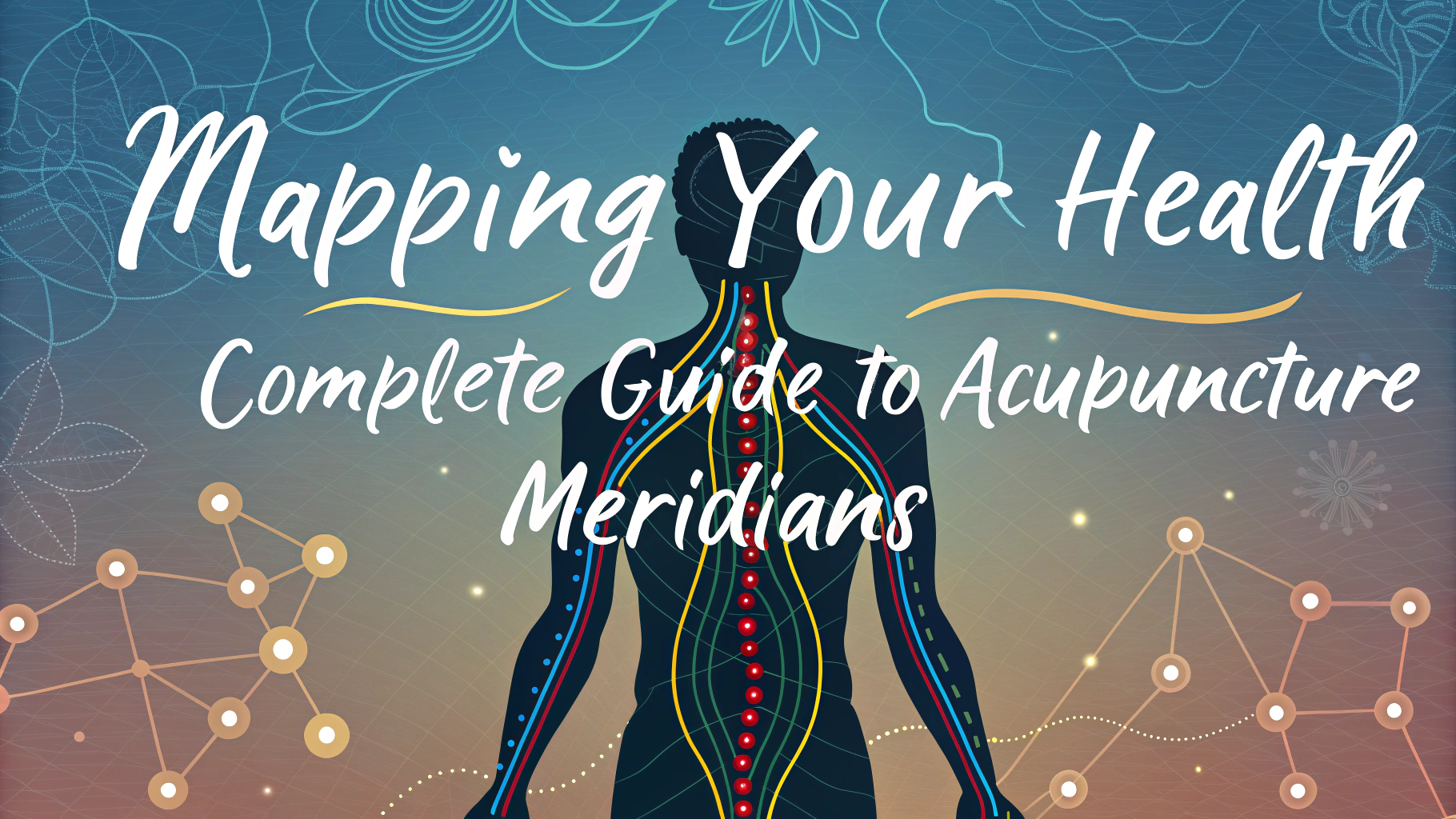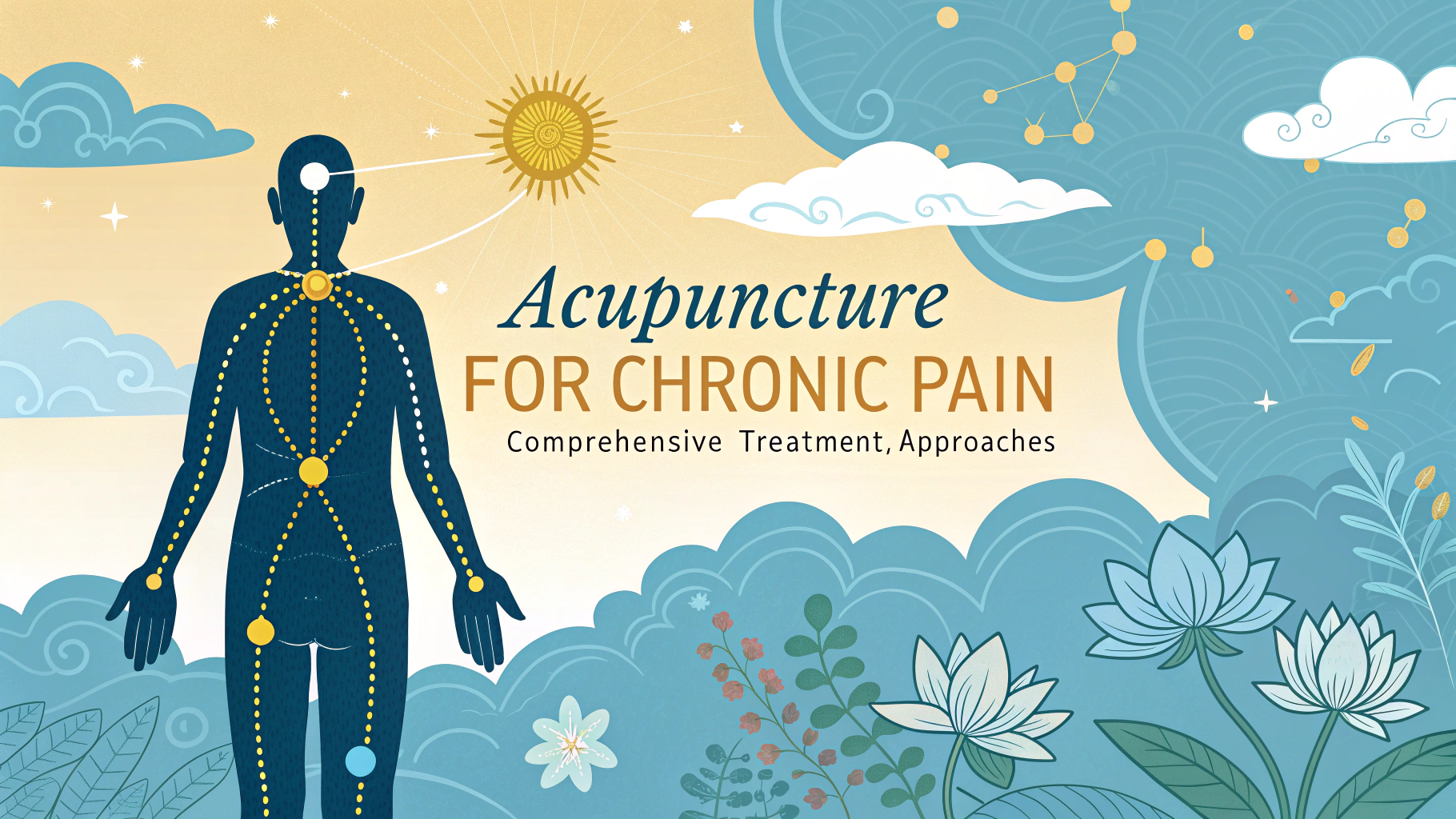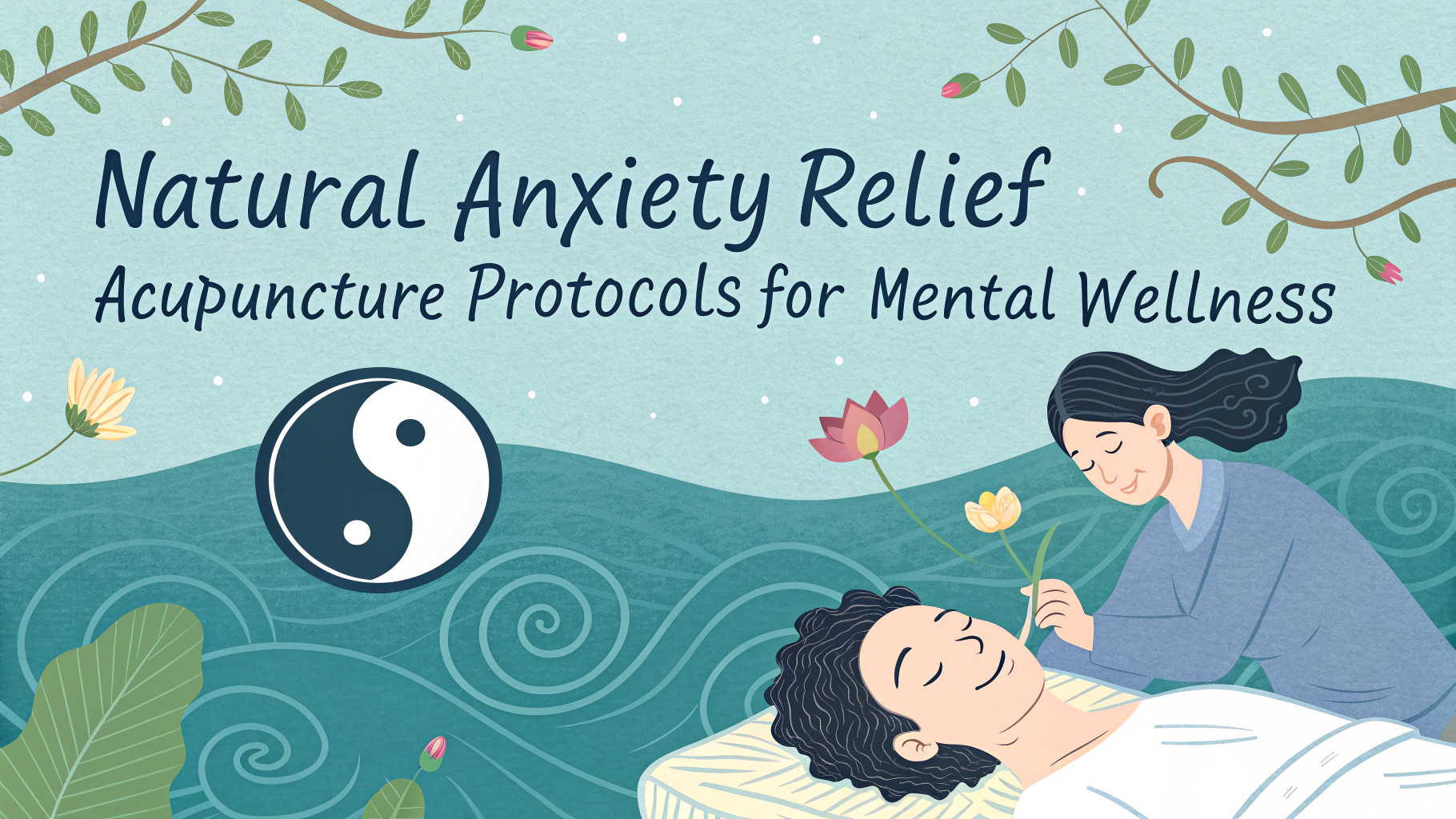Acupressure offers a powerful way to maintain wellness between professional acupuncture treatments through gentle self-massage of specific pressure points.
Learning basic acupressure techniques allows you to address common complaints like headaches, stress, and muscle tension from the comfort of your home.
This guide covers essential acupressure points and techniques to help you develop an effective self-care routine that complements your regular acupuncture sessions.
Key Acupressure Points for Self-Treatment
- Large Intestine 4 (LI4) – Located in the webbing between thumb and index finger, useful for headaches and pain relief
- Pericardium 6 (P6) – Three finger-widths below inner wrist, helps with nausea and anxiety
- Stomach 36 (ST36) – Found below the knee, supports energy and digestion
- Governing Vessel 20 (GV20) – Top of head, beneficial for clarity and stress relief
Basic Technique Guidelines
Apply firm but gentle pressure using your thumb or fingertip in a circular motion for 2-3 minutes per point.
Practice deep, steady breathing while stimulating pressure points to enhance their effectiveness.
Start with lighter pressure and gradually increase based on comfort level.
Recommended Self-Care Routine
| Time of Day | Points to Focus On | Duration |
|---|---|---|
| Morning | ST36, GV20 | 5 minutes |
| Afternoon | LI4 | 2-3 minutes |
| Evening | P6 | 2-3 minutes |
Safety Considerations
- Avoid applying pressure to areas with cuts, bruises, or inflammation
- Do not practice acupressure on varicose veins
- Pregnant women should consult healthcare providers before using acupressure
- Stop if you experience increased pain or discomfort
When to Seek Professional Help
Contact a licensed acupuncturist if you experience persistent symptoms or uncertainty about proper point location.
For professional acupuncture treatment referrals, consult the National Certification Commission for Acupuncture and Oriental Medicine (NCCAOM) directory at www.nccaom.org.
Taking Your Self-Care Further
Document your acupressure sessions and note any changes in symptoms to share with your practitioner.
Consider combining acupressure with other self-care practices like gentle stretching or meditation for enhanced benefits.
Remember that self-administered acupressure complements but does not replace professional acupuncture treatments.
Additional Treatment Benefits
Regular self-administered acupressure can improve sleep quality, reduce stress levels, and enhance overall energy flow throughout the body.
Many practitioners report better management of chronic conditions when combining professional treatments with home acupressure routines.
Common Mistakes to Avoid
- Applying excessive pressure to sensitive points
- Inconsistent practice schedule
- Incorrect point location
- Rushing through sessions without proper focus
Best Practices for Optimal Results
Environment Setup
- Create a quiet, comfortable space
- Ensure proper lighting and temperature
- Use a supportive chair or cushion
- Remove distractions
Timing Considerations
- Practice at consistent times daily
- Allow sufficient time for each session
- Avoid rushing through points
Empowering Your Wellness Journey
Incorporating acupressure into your daily routine represents a powerful step toward taking control of your health and wellness.
With practice and patience, these techniques can become valuable tools in your personal healthcare arsenal, supporting both body and mind between professional treatments.
Remember to stay connected with your acupuncture practitioner and share your self-care experiences to ensure the most effective integrated approach to your wellness goals.
FAQs
- What is acupressure and how does it differ from acupuncture?
Acupressure is a non-invasive therapy that uses finger pressure on specific body points, while acupuncture uses needles at these same points. Both work on the principle of stimulating meridian points to promote energy flow. - Which acupressure points are safe to stimulate at home?
Common safe points include Large Intestine 4 (between thumb and index finger), Pericardium 6 (inner wrist), and Stomach 36 (below the knee). These points are easily accessible and generally safe for self-treatment. - How long should I apply pressure to each point?
Apply gentle pressure for 1-3 minutes per point, using circular motions. If the point is tender, reduce pressure and duration to 30 seconds initially. - Can I perform acupressure on myself daily?
Yes, acupressure can be safely performed daily. However, limit sessions to 10-15 minutes total and listen to your body’s response. - What tools can I use for self-acupressure besides fingers?
Common tools include acupressure wands, massage balls, and specialized acupressure rings. These tools can help reach difficult spots and maintain consistent pressure. - Are there any contraindications for self-acupressure?
Avoid applying pressure on varicose veins, wounds, cuts, infections, or inflamed areas. Pregnant women should consult healthcare providers about specific points to avoid. - How can I tell if I’m pressing the right acupressure point?
Correct points often feel slightly tender or sensitive when pressed. They’re typically located in small depressions or grooves in muscles or between bones. - What symptoms can self-acupressure help manage between professional sessions?
Self-acupressure can help manage headaches, nausea, stress, muscle tension, minor pain, and sleep issues. However, it should complement, not replace, professional treatment. - Should I perform acupressure before or after my regular acupuncture treatment?
Wait at least 24 hours after an acupuncture treatment before performing self-acupressure to allow the treatment effects to settle. Avoid acupressure immediately before scheduled sessions. - How firm should the pressure be when doing self-acupressure?
Use firm but comfortable pressure that doesn’t cause pain. Start gentle and gradually increase pressure based on comfort level and point sensitivity.







